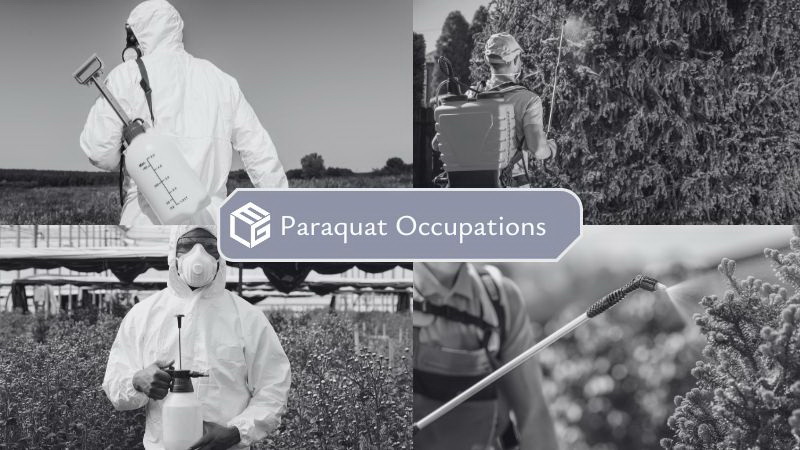
The exposure risks faced by tank fillers handling pesticides directly are some of the highest in agriculture, particularly when working with non-selective herbicides like paraquat. These workers perform critical tasks in pesticide application, including operating knapsacks and spraying chemicals onto crops. Farm activities carry greater risks than others, and pouring undiluted pesticides into spray tanks is one of the most dangerous. Contact with concentrated paraquat is far more likely to cause severe health effects than exposure to already-treated crops.
Used for decades to control weeds and invasive grasses on more than 100 crops, including corn, soybeans, cotton, and vineyard grapes, paraquat has expanded beyond its original weed control purpose to include preventing planting acres, burndown applications before soybeans, and harvest aid for legume crops. Unfortunately, too many agriculture sector employees, including tank fillers, experience regular exposure to this highly toxic pesticide without adequate protection or warnings about long-term health consequences.
A lack of personal protective equipment increases pesticide absorption into the body, with the route of entry influencing toxic effects significantly. For tank fillers, there are three main exposure pathways. Whenever concentrated chemicals are handled, they are absorbed through the skin. Hands that are contaminated can transfer pesticides to the mouth when eating or touching the face. Concentrated powders, granules, or dust can be inhaled through the mouth, throat, and lungs through the mucous membranes. Tank fillers face particular dangers during mixing operations.
Over the past two decades, researchers have intensified examination of paraquat's effects on humans, specifically regarding Parkinson's disease risk. The herbicide produces intracellular molecules that damage cells by causing oxidative stress and mitochondrial dysfunction. Many epidemiological studies have concluded that Parkinson's disease is strongly associated with paraquat exposure, with handling concentrated forms presenting the highest hazards.
Tank fillers worked with concentrated forms of paraquat during mixing and loading operations, creating direct contact with the most toxic versions of the herbicide. While wearing long-sleeved shirts, gloves, and goggles reduces risk, and using transfer hoses instead of pouring provides safer procedures, manufacturers failed to warn about Parkinson's disease. These workers handled paraquat sold under multiple brand names throughout their careers.
Tank fillers diagnosed with Parkinson's disease after paraquat exposure are entitled to pursue compensation for economic losses, including medical bills and lost wages. The attorneys at Environmental Litigation Group, P.C. provide comprehensive legal support for tank fillers seeking justice against manufacturers who failed to warn about these risks. Family members can assist with claims if the worker becomes too ill to manage the legal process. Should a tank filler die before compensation is secured, surviving family members may continue pursuing the claim.
ELG Law evaluates each case by examining your work history with paraquat and confirming your medical diagnosis. Parkinson's disease symptoms emerge gradually and include hand tremors, writing changes, loss of smell, sleep problems, movement difficulties, postural changes, voice weakness, and facial masking.